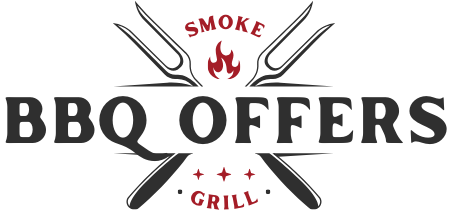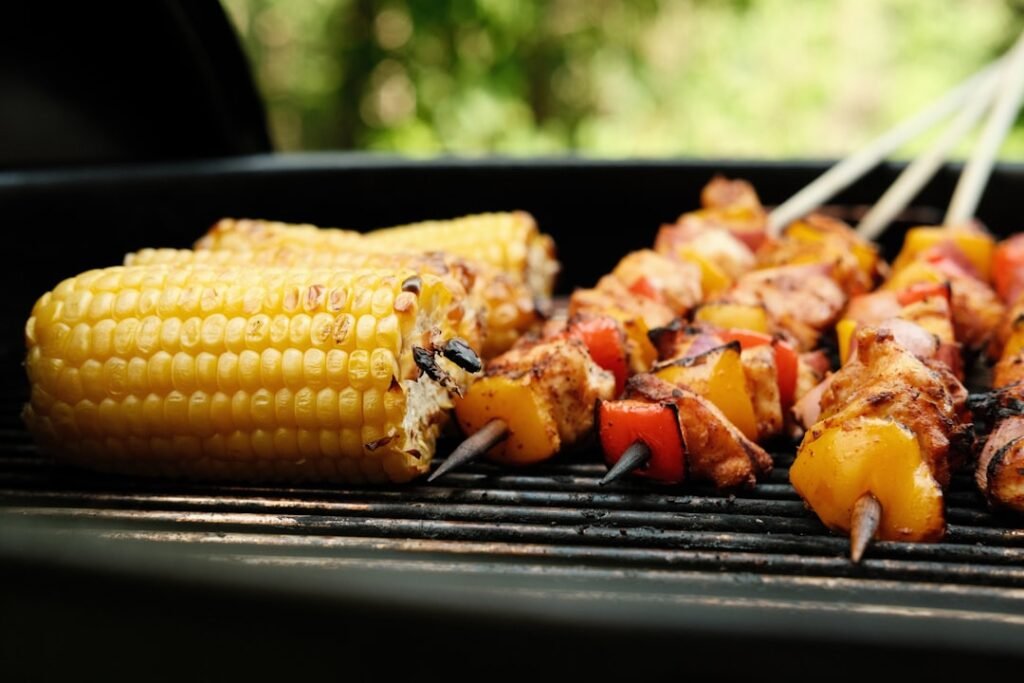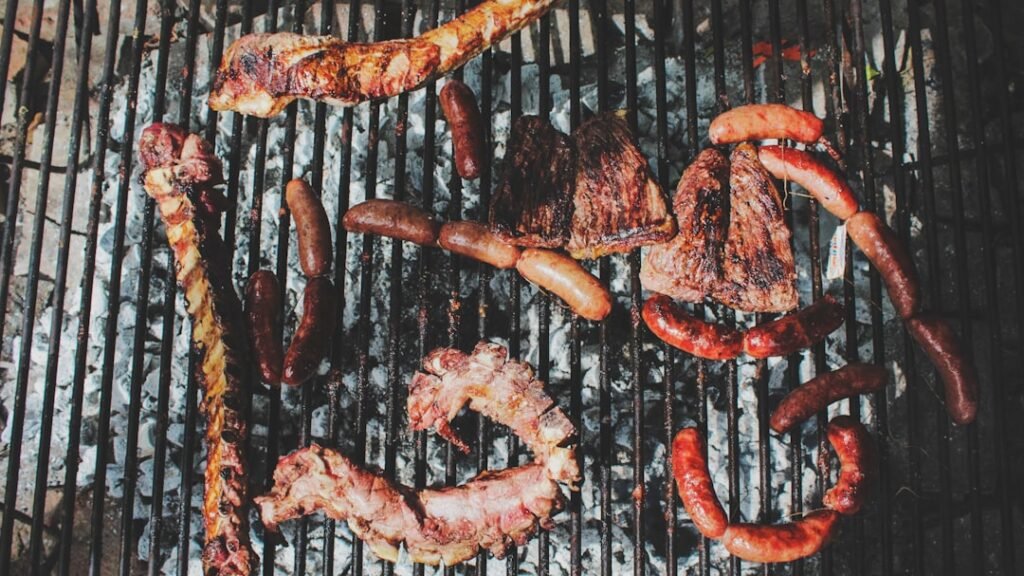Mastering the Art of Grilling: Essential Tools for the Perfect BBQ

When it comes to grilling, one of the most significant decisions I face is choosing between a gas grill and a charcoal grill. Each type has its own unique advantages and disadvantages, and my choice often depends on my grilling style and the flavors I want to achieve. Gas grills are known for their convenience and ease of use.
With just the turn of a knob, I can ignite the flames and start cooking almost immediately. This is particularly appealing when I’m short on time or when I want to grill something quickly for a spontaneous gathering. The temperature control on gas grills is also more precise, allowing me to adjust the heat with ease, which is crucial for cooking delicate items like fish or vegetables.
On the other hand, charcoal grills offer a distinct flavor that many enthusiasts, including myself, find hard to resist. The smoky aroma that wafts through the air as the charcoal burns is an integral part of the grilling experience. I appreciate the ritual of lighting the charcoal, waiting for it to reach the perfect temperature, and then placing my food on the grill.
Charcoal grilling often requires more attention and skill, but the depth of flavor it imparts to meats and vegetables is worth the extra effort. Ultimately, my choice between gas and charcoal often comes down to the occasion—if I’m hosting a large barbecue, I might lean towards gas for efficiency, while a quiet evening with friends might call for the traditional charm of charcoal.
Equipping myself with the right tools is essential for a successful grilling experience. Among the most important items in my grilling arsenal are tongs, a spatula, and a grill brush. Tongs are my go-to tool for flipping burgers or turning sausages without piercing them, which helps retain their juices.
I prefer tongs with a good grip and a long handle to keep my hands away from the heat. The right pair of tongs can make all the difference in how easily I can maneuver food on the grill, ensuring that everything cooks evenly. A sturdy spatula is another must-have tool that I rely on heavily.
It’s perfect for flipping delicate items like fish fillets or pancakes without breaking them apart. I’ve learned that a wide spatula with a slotted design allows grease to drain away while providing enough surface area to support my food. Additionally, I can’t overlook the importance of a good grill brush.
After each grilling session, I make it a point to clean the grates with a quality brush to prevent residue buildup and ensure that my next meal doesn’t carry over any unwanted flavors. Keeping my tools in good condition not only prolongs their life but also enhances my overall grilling experience.
The Importance of Thermometers and Timers for Perfectly Cooked Meats
One of the most critical aspects of grilling is ensuring that my meats are cooked to perfection. This is where thermometers and timers come into play. I’ve learned that using a meat thermometer is essential for achieving the ideal doneness without cutting into the meat and losing precious juices.
Whether I’m grilling chicken, steak, or pork, I always keep a reliable instant-read thermometer on hand. It allows me to check the internal temperature quickly and accurately, giving me confidence that my food is safe to eat while still being juicy and flavorful. Timers are equally important in my grilling routine.
They help me keep track of cooking times for different types of meat and prevent overcooking or burning. I often set timers for each item on the grill, especially when I’m cooking multiple things at once. This way, I can focus on enjoying the company of my guests without constantly worrying about whether something is getting too charred.
By combining the use of thermometers and timers, I can ensure that every piece of meat comes off the grill perfectly cooked, making my barbecues memorable for all the right reasons.
Must-Have Accessories: Grill Basket, Skewers, and Meat Injector

To elevate my grilling game, I’ve discovered several accessories that have become indispensable in my outdoor cooking adventures. A grill basket is one such tool that has transformed how I prepare vegetables and smaller items on the grill. With its mesh design, it allows heat to circulate while preventing smaller pieces from falling through the grates.
I love tossing seasonal vegetables in olive oil and herbs before placing them in the basket; they come out perfectly charred and bursting with flavor. Skewers are another accessory that I frequently use for kabobs or grilled fruits. They make it easy to create visually appealing dishes while allowing me to experiment with different combinations of meats and vegetables.
Wooden skewers require soaking in water beforehand to prevent burning, while metal skewers are reusable and can withstand higher temperatures. Additionally, I’ve recently started using a meat injector to infuse marinades directly into larger cuts of meat like brisket or turkey. This technique ensures that every bite is packed with flavor and moisture, taking my grilling to new heights.
Enhancing Flavor with Wood Chips and Smoking Pellets
| Wood Type | Flavor Profile | Recommended for |
|---|---|---|
| Hickory | Strong, smoky, bacon-like flavor | Beef, pork, game meats |
| Apple | Sweet, fruity flavor | Poultry, pork, vegetables |
| Mesquite | Strong, earthy, spicy flavor | Beef, game meats |
| Cherry | Sweet, mild, fruity flavor | Poultry, pork, lamb |
One of my favorite ways to enhance the flavor of grilled foods is by incorporating wood chips or smoking pellets into my cooking process. The choice of wood can significantly impact the taste of my dishes; for instance, hickory imparts a strong, smoky flavor that pairs beautifully with pork, while applewood offers a milder sweetness that complements chicken and fish. I often soak wood chips in water before adding them to my charcoal grill or smoker box on a gas grill; this helps create more smoke and prolongs their burning time.
Smoking pellets have also become a staple in my grilling routine. They come in various flavors and can be used in both gas and electric grills to add an extra layer of complexity to my meals. When I want to experiment with different flavor profiles, I mix different types of pellets or chips to create unique combinations that surprise my guests.
The subtle smokiness they provide elevates even simple dishes like grilled corn or asparagus into something extraordinary.
Safety First: Heat-resistant Gloves and Apron
Grilling can be an enjoyable yet hazardous activity if proper safety measures aren’t taken into account. One of the first things I invested in was a pair of heat-resistant gloves. These gloves allow me to handle hot grates or move items around on the grill without fear of burns.
They provide an extra layer of protection when I’m working with hot tools or adjusting coals in a charcoal grill. Having reliable gloves gives me peace of mind as I focus on creating delicious meals without worrying about potential injuries. In addition to gloves, wearing an apron has become part of my grilling attire.
Not only does it protect my clothes from grease splatters and spills, but it also provides convenient pockets for holding essential tools like tongs or thermometers while I’m cooking. An apron can be both functional and stylish; I often choose one with fun designs that reflect my personality or love for grilling. By prioritizing safety with these simple accessories, I can enjoy my time at the grill while minimizing risks.
Cleaning and Maintenance Tips for a Well-Functioning Grill

To ensure that my grill remains in top condition for years to come, I’ve developed a routine for cleaning and maintenance that I follow diligently after each use. One of the first steps I take is to scrape down the grates while they’re still warm using my trusty grill brush. This helps remove any food particles or residue left behind from cooking, preventing buildup that could affect future grilling sessions.
After scraping, I usually give the grates a thorough wash with warm soapy water once they’ve cooled down completely. In addition to cleaning the grates, I also pay attention to other components of my grill. For gas grills, checking for grease buildup in the drip tray is essential; this prevents flare-ups during cooking and keeps everything running smoothly.
For charcoal grills, ensuring that ash is cleared out after each use helps maintain airflow and efficiency during future cookouts. Regularly inspecting hoses and connections on gas grills for leaks or wear ensures safe operation as well. By committing to these cleaning and maintenance practices, I can enjoy many successful grilling seasons ahead.
Mastering the Art of Grilling: Tips and Tricks for the Perfect BBQ
As I’ve honed my grilling skills over time, I’ve picked up several tips and tricks that have helped me master this culinary art form. One key lesson I’ve learned is the importance of preheating my grill properly before placing any food on it. This step not only ensures even cooking but also helps achieve those beautiful grill marks that everyone loves.
Depending on what I’m cooking, I’ll often let my grill heat up for at least 10-15 minutes before starting. Another valuable tip I’ve discovered is to let meats rest after cooking before slicing into them. This allows juices to redistribute throughout the meat, resulting in a more tender and flavorful bite.
While waiting for my food to rest, I often take this opportunity to prepare side dishes or set up drinks for my guests—making it an excellent time for socializing while still keeping an eye on everything happening at the grill. By incorporating these tips into my grilling routine, I’ve been able to elevate my barbecues from ordinary gatherings into memorable culinary experiences that leave everyone satisfied and eager for more.






